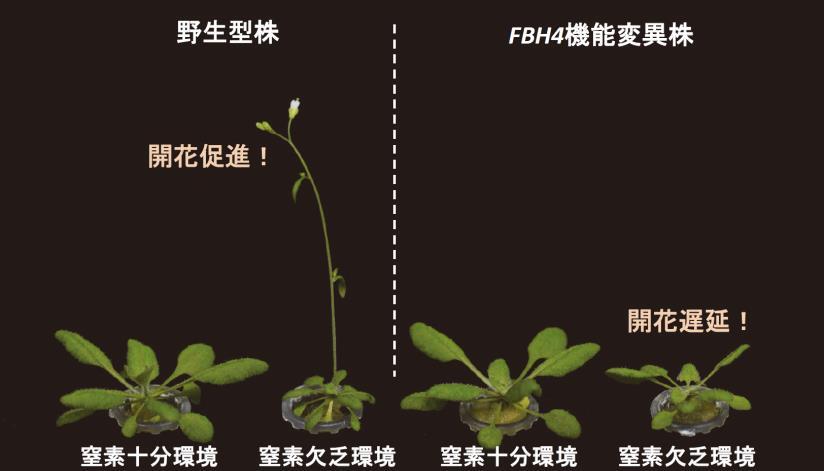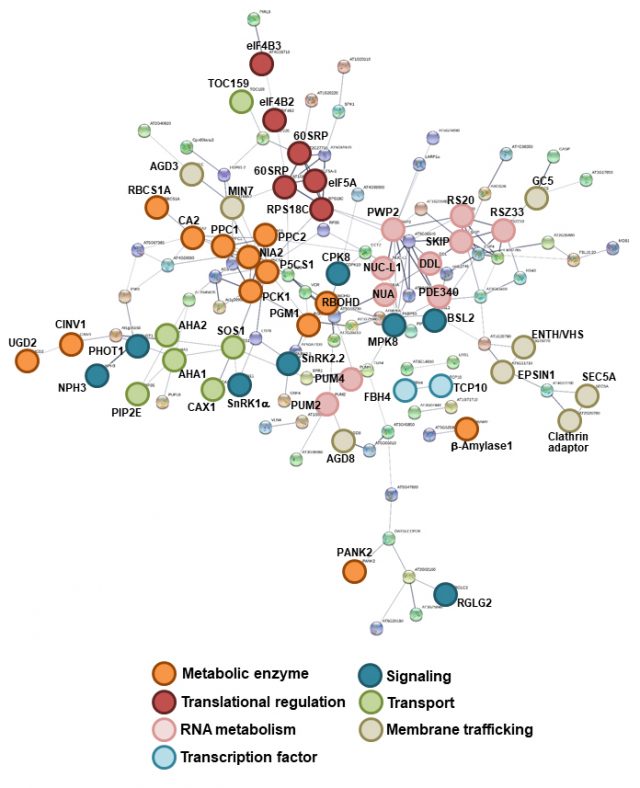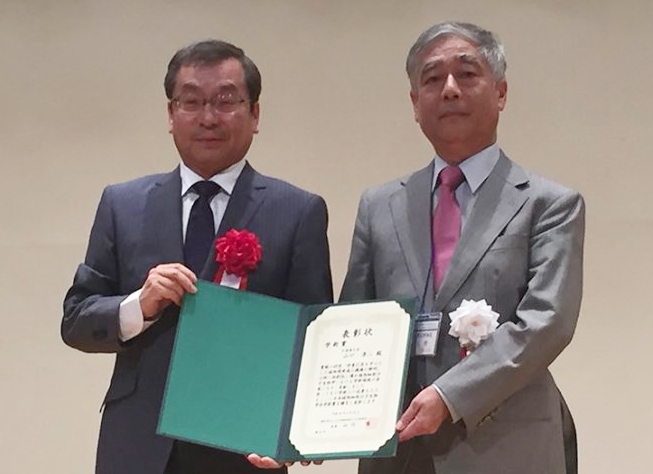YAMAGUCHI Junji
Specially Appointed Professor
The appearance of living things is a history of environmental adaptation
Department of Biological Sciences, Cell Structure and Function

| Theme | Strategies of environmental adaptation of organisms and their molecular mechanism |
| Field | Plant biology, Biochemistry |
| Keyword | Environmental adaptation, Immunity, Cell death, Nutrient metabolism, Genome science, Ubiquitin/proteasome system |
Introduction of Research
Plants that live on thesurface of the earth will survive by changing the microenvironment in the celland tissue against the severe external environmental change. This environmentaladaptation process is determined as a result of eventual integration of variousexternal environmental signaling with genetic programs. In the process, celldeath and conversion of the growth phase, will proceed while promoting internal regulation such as intracellular metabolism and transport system, eventuallychanging even the shape of the plant. Our goal is to elucidate suchenvironmental adaptation dynamism that higher plants only possess. And as anextension, we aim to create plants and/or crops that are beneficial to humansociety or the global environment by using important genes.
Representative Achievements
| Academic degree | Ph.D. |
| Academic background | 1986, School of Agriculture, Nagoya University, PhD in Plant Biochemistry 1986, Postdoctoral Fellow, Rockefeller University 1987, Assistant Professor, Nagoya University 1995, Associate Professor, Nagoya University 2001-present, Professor, Hokkaido University 2003-2009, Program Officer, Special Coordination Funds for Promoting Science and Technology, Ministry of Education, Culture, Sports, Science and Technology (MEXT) 2014-2016, Dean, Graduate School of Life Science, Hokkaido University 2014-present, Vice President, Hokkaido University |
| Affiliated academic society | Japanese Society for Plant, Cell and Molecular Biology, The Japan Society of Plant, Physiologists |
| Room address | General Research Building 5-711 |





